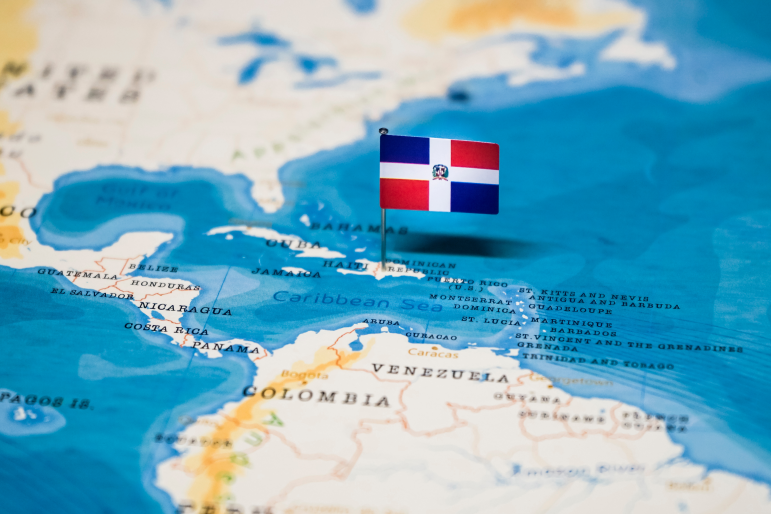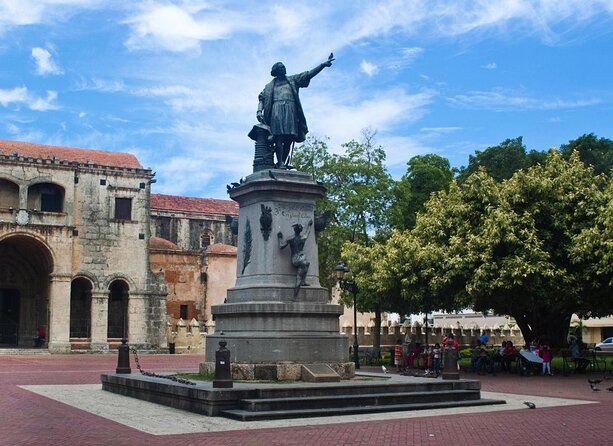
The Dominican Republic, a sun-soaked Caribbean paradise, has captured the hearts of tourists for generations with its pristine beaches, lush landscapes, and vibrant culture. But beyond its natural beauty lies a rich and complex history that adds depth and intrigue to any visit. In this blog post, we’ll take you on a journey through time to explore the captivating history of the Dominican Republic, shedding light on the stories and events that have shaped this remarkable nation.

The Indigenous Taino Legacy: Long before Christopher Columbus set foot on the island in 1492, the Dominican Republic was inhabited by the Taino people. Their legacy is still evident in the country’s language, cuisine, and culture. Visitors can explore the archaeological sites and museums dedicated to preserving this indigenous heritage, gaining a deeper understanding of the island’s roots.
Spanish Colonial Era: The arrival of Columbus marked the beginning of Spanish colonial rule, which lasted for nearly three centuries. The Dominican Republic played a pivotal role in the broader Spanish Empire, serving as a hub for trade and exploration. Tourists can wander through Santo Domingo’s Zona Colonial, a UNESCO World Heritage Site, to witness stunning examples of colonial architecture and learn about the island’s role in the New World.
Independence and Dictatorship: The 19th century saw the Dominican Republic struggle for independence from Spanish rule and later from Haitian control. In 1844, the nation finally achieved independence, but it wasn’t until the late 19th and early 20th centuries that the country stabilized. The era of Rafael Trujillo, a dictator whose rule lasted for three decades, left a lasting imprint on the nation. Tourists can explore the Trujillo-era landmarks and museums to gain insight into this tumultuous period.
Modern Times: Since the overthrow of Trujillo in 1961, the Dominican Republic has undergone significant political and economic transformations. Today, it is a thriving democracy with a growing tourism industry. Visitors can immerse themselves in the local culture by attending lively festivals, enjoying delicious Dominican cuisine, and exploring the country’s stunning natural beauty, from the beaches of Punta Cana to the lush mountains of Jarabacoa.
Baseball Fever: One fascinating aspect of the Dominican Republic’s culture is its deep love for baseball. The nation has produced numerous Major League Baseball stars, and visiting baseball stadiums or even watching a local game can provide tourists with a glimpse into this national passion.
A Tapestry of Cultures: The Dominican Republic is a melting pot of cultures, with influences from Africa, Europe, and the Americas. This diversity is reflected in the music, dance, and art of the country. Tourists can engage with the local culture by taking dance lessons, enjoying merengue music, and exploring the vibrant street art scene.
In conclusion, the history of the Dominican Republic is a multifaceted tapestry of indigenous heritage, colonial struggles, and modern resilience. For tourists, delving into this history adds a layer of depth and appreciation to their visit, allowing them to connect more profoundly with the people and places that make this Caribbean nation so special. Whether you’re a history enthusiast or simply seeking to enrich your travel experience, the Dominican Republic offers a captivating journey through time that you won’t soon forget.
